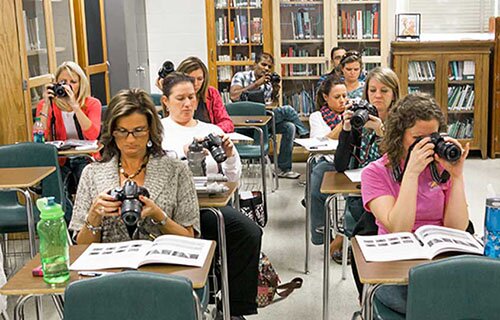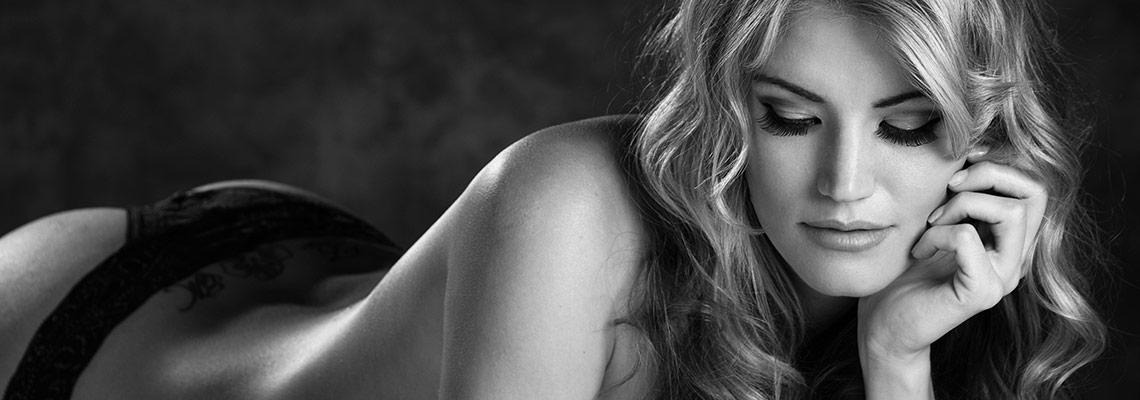
Learning photography can mean a wide range of education and skill sets depending on how in-depth the student’s goals are.
Most new photography students have no idea how in-depth you can go. We must first give the student an idea to know where to start and which path to follow.
It's one reason I offer new students the option of a brief phone, or via text, review prior to their first lesson.
We can use cooking analogies as examples of how in-depth:
- Shutterbug: Cook tv dinners only.
- Point & shoot, takes snapshots.
- Enthusiast: A collection of recipe cookbooks, sticks to directions.
- Learns the fundamentals of photography, doesn’t mind waiting for a better shot.
- Intermediate: Comfortable altering recipes in the cookbooks to their liking.
- Understands why the fundamentals work, and when it’s ok to veer from them.
- Advanced: Creates recipes from scratch, no need for a cookbook.
- Strong understanding of their gear, lighting and composition.
- Master: Grows or raises ingredients using custom nutrients from scratch for the recipes.
- Educated in every step of creating an image from basic lens design to the physics of lighting and strong understanding of artistic design.
The above knowledge and skills sets aren’t set in stone, they can overlap and juggle around. But, in general they offer a good idea. Obviously each level will require a different curriculum, time investment and starting point. A thoughtful educator will interview the student to gain an idea which level the student most likely will aim for. Then a starting point and curriculum can be suggested.
Another important aspect of teaching a photography student is their comfort level with math, specifically fractions and ratios. A brief look at a camera reveals numbers associated with nearly every button and dial. In fact, setting the camera controls and configuring lighting is all math based.
If the student is comfortable in the math used they usually can be taught a bit quicker and use the math associated lingo. If they are uncomfortable, many are, the curriculum must take that into account and present the required knowledge in a non-math approach.
I always interview new students and inquire, along with providing a few simple examples, their comfort level with the associated math.
I find teaching photography can be broken down into three main categories:
- Camera and gear controls: buttons, dials, etc.
- Creative control: lens choice, camera settings, shot angles, etc.
- Artistic Composition: subject placement, lighting, color palette, included elements, etc.
For someone brand new to a camera getting them acquainted with the mechanical controls is of primary importance as without that knowledge it's pretty much impossible to teach creative control. However, artistic composition can be viewed as a standalone category as it applies similarly to photography, painting or drawing.
For the new student I feel teaching the fundamental controls (f-stop, shutter speed and ISO) at first mixed with basic creative control and an introduction to artistic composition to be a good mix that interests and excites the student without overwhelming them with any particular category, especially the camera & gear controls as for many that's an awful lot of technology to throw at them at once. If the students goals are only to what above is defined as "Shutterbug" we can leave out much of the buttons and dials by setting the camera on Auto mode and concentrate on the creative control and artistic composition.
In summary: Each students interests and goals are different and by taking that into account the most effective learning path can be constructed and followed.






